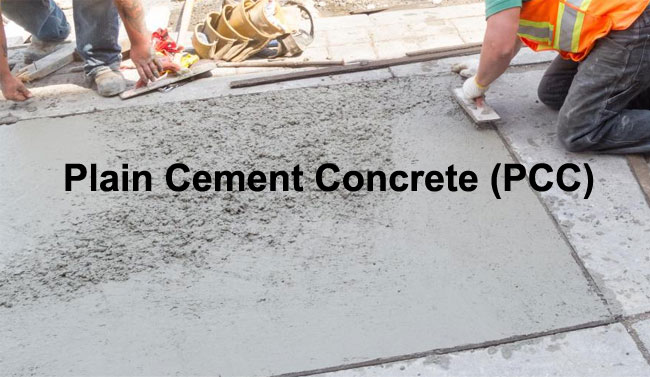How to Improve Indoor Air Quality | 9 Steps to Improve Indoor Air Quality
News articles about air pollution and its effects on public health may frequently appear. But how often do you consider the state of the air inside?
Although there is clearly a problem with outdoor air pollution, it’s simple to forget that your home’s air quality may be just as important.
The fact that indoor air quality can be up to 10 times worse than outdoor air quality is not widely known. We might picture airplanes, power plants, and smoggy, congested cities when we think about air pollution.
What defines poor indoor air quality?
Due to larger amounts of outdoor pollution seeping into homes in large cities, indoor air pollution may be worse there, but it also affects people who live in rural areas.
Indoor air pollution is defined by the British Lung Foundation as “dust, grime, or gases in the air inside a building that are harmful to us if we breathe them in.”
The type of pollution present in your air will determine the fitness effects of outdoor air damage, however they can include:
- Heart Disease
- Cancer
- Allergic Reactions
- Pneumonia
- Asthma
- Low Birth Weight
Individuals with the breath, including older individuals and mature children, have a good probability of developing any fitness benefits associated with low air pollution. Uncounted breath symptoms may be a sign that it’s time to check your home’s air quality.
Strategies for improving your indoor air quality will help you manage the likelihood of developing health problems and could raise your standard of living.

Some tips on how to improve indoor air quality
1. Open the windows
Although it may seem apparent, the simplest and least expensive approach to improve the quality of the air in your home is to maintain your airflow fresh.
Opening windows in the winter may seem counterproductive to trying to stay warm and save money on heating, but it’s important for letting oxygen in and toxins out as well as lowering the humidity that dust mites require to survive.
When using chemical-heavy cleaning or decorating products, take extra care to keep the space well-ventilated.
2. Buy second-hand furniture over new
Despite being a luxury, your living room is being discreetly exposed to pollutants from that new sofa. Many fabrics, glues, and paints emit gases known as volatile organic compounds, or VOCs. They generate particles that irritate and harm our lungs when they react with sunshine and airborne pollutants.
To combat this, scrounge around in a charity shop that sells furniture, like the British Heart Foundation, or search Gumtree or Freecycle for deals or freebies in your area. After a few years, items stop releasing VOCs, which means they have probably off-gassed into someone else’s house.
The same reasoning holds true for flooring. Ideally, replace carpet with concrete or flooring, both of which are less messy and don’t collect dust and dander.
3. Remove Footwear
Ignoring the footwear before entering the house is an easy approach to stop outdoor muck, pollutants, and bacteria from entering our home and improve indoor air quality. Keep your shoes outside and promote a clean environment.
4. Don’t forget to dust
Although high-quality hoover cleaners are pricey, they are an effective weapon against the dust, pollen, and pet hair that may quickly accumulate and aggravate your respiratory system. As often as you can, hoover, making sure to reach below furniture like couches and mattresses.
Smash carpets, throws, and pillows against exterior walls to release any dust they may be holding. To eradicate dust mites and pathogens, wash your bedding at 60 degrees and replace it every week. Keep surfaces free so that you can dust frequently and use a wet cloth to collect those annoying bits.
5. Use an air purifier
Installing an air purifier is one effective way to preserve cleaner air in your home. As these filters typically perform the best job of eliminating dangerous particles from the air, you may wish to choose an air purifier with a HEPA filter.
In fact, HEPA filters have the potential to filter out more than 99 percent of airborne contaminants.
6. Improve ventilation
An easy (and maybe cost-free) approach to improving the air quality in your home is to keep the air moving. One approach to achieve this is to open windows and doors to let some outside air in, provided that the outdoor air is clean or pollen-free.
Nevertheless, weak places like the crevices surrounding doors and vents allow air to enter your home. While there isn’t much you can do to control the air that enters through these gaps, you should check to make sure that any vents bringing air into your home aren’t adding to the issue.
7. Reduce dampness
Mold growth is one of the many health risks that can result from moisture in enclosed places. Leaching of VOCs into your air may also be facilitated by dampness and high humidity.
8. Use a Water Filter
Use water filters for water purifiers to remove hazardous compounds like chlorine that release smoke into interior spaces. Water purifiers are free to protect us from harmful germs, provide us with clean water, and consume toxins that could lead to air pollution.
9. Keep a smoke-free house
In order to protect non-smokers from the more than 7,000 chemicals included in second-hand smoke, smoking in enclosed public settings was made banned in 2007. It is sense to designate your home as a smoke-free zone because toxic airborne tobacco particles can persist at dangerous levels for up to five hours.
Keep in mind that whatever you burn for pleasure, including incense, candles, and other items, releases carbon monoxide and carbon dioxide into the atmosphere. According to the BLF, incense is more harmful than candles since it emits more than 100 times as many tiny particles.





